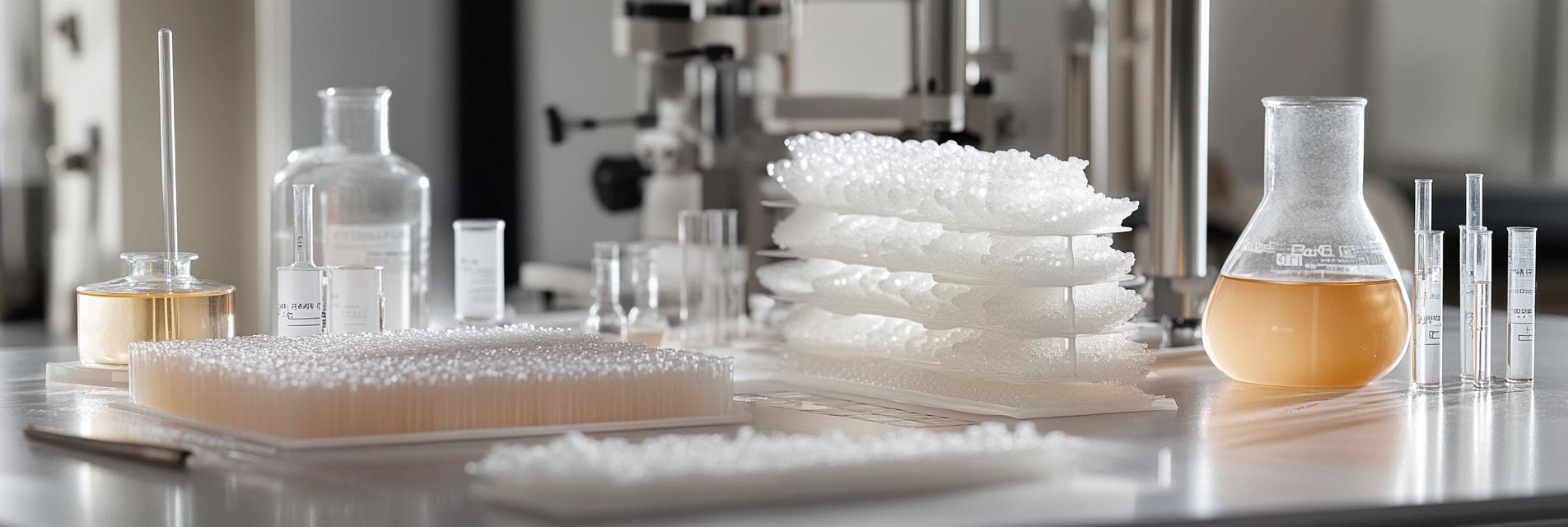Ah, the paper industry! A world where trees are transformed into the pages that hold our thoughts, dreams, and grocery lists. One might wonder, what keeps this massive operation running smoothly? Enter “amphoteric polyacrylamide.” Sounds fancy, right? It is! In this article, I’ll unravel the mysteries behind this versatile compound and its delightful role in making our paper products not just efficient but also sustainable. 🌳
Amphoteric polyacrylamide (PAM) is a type of synthetic polymer that can act as both a positive and negative charge, depending on the pH of the surrounding environment. This unique property makes it a superstar in various applications, especially in water treatment and papermaking chemicals. It behaves like that friend who adapts to any social situation, ensuring everyone is happy!
One of the primary applications of amphoteric PAM in the paper industry is in water treatment. The production of paper typically involves significant amounts of water, which can lead to wastewater challenges. Amphoteric PAM acts like a sponge in this scenario, helping to coagulate and flocculate impurities, ensuring that clean water is reused effectively. A win-win for the environment and the production line! 💧

You might wonder, how does it play its magic during papermaking? Amphoteric PAM enhances the efficiency of various processes including retention, drainage, and dewatering. By improving the retention of fines (small particles) and fibers, it ensures that less material is wasted, which not only cuts costs but also reduces the environmental footprint. Who knew saving paper could be so darn elegant? ✨
In a world where sustainability is becoming a buzzword, amphoteric polyacrylamide stands out as a true champion in the paper industry. From enhancing water treatment efforts to optimizing the papermaking process, this compound not only improves efficiency but also contributes to greener practices. Next time you enjoy that crisp piece of paper, give a thought to our unsung hero: amphoteric PAM! 🦸♂️
